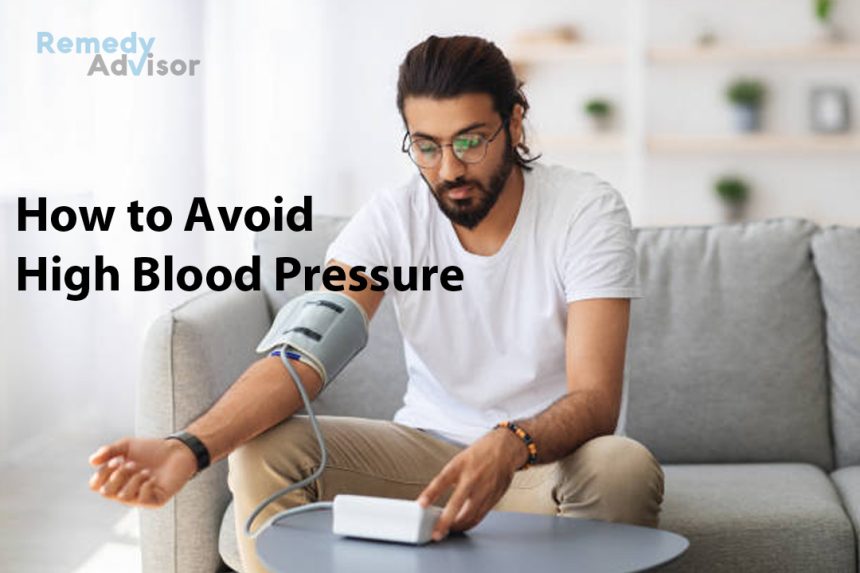Elevated blood pressure is a major risk factor for heart attack and stroke, along with smoking and high cholesterol. With proper treatment, high blood pressure (hypertension) can be controlled. Sadly, doctors and patients alike often err in their efforts to do so
Mistake: Ignoring systolic pressure
Blood pressure is expressed as two numbers. The first represents systolic pressure arterial pressure when the heart contracts. The second represents diastolic pressure arterial pressure between beats. Hypertension is defined as a blood pressure of 140/90 or above.
Because the first studies linking heart disease with hypertension focused on diastolic pressure, doctors long assumed that just the second number was important.
Now we know that systolic pressure is an even bigger factor in heart disease than diastolic pressure.
Mistake: Treating strictly by the numbers
At what level does hypertension become so dangerous that treatment is required? Some doctors insist on treating any pressure of 140/90 or higher. Others wait until pressure rises above 160/95.
But no magic number applies to everyone. When deciding whether treatment is needed, your overall risk of heart disease and stroke is what’s important.
A 65-year-old diabetic with high cholesterol might need antihypertensive medication for a pressure of 140/90. A healthy 35-year-old with a pressure of 150/95 may be able to lower those numbers with lifestyle modifications.
Mistake: Relying on pressure readings taken in the doctor’s office
Blood pressure fluctuates throughout the day. One in five patients labeled hypertensive actually has “white-coat” hypertension. Because of anxiety, their pressure reads high at the doctor’s office but is normal under other conditions.
White-coat hypertension usually requires no treatment, although it should be followed up.
To avoid needless treatment, home monitoring is recommended. This involves taking your own pressure two to three times a day to get a more complete picture of your blood pressure.
Home blood pressure readings are usually about five points lower than clinic readings.
When home monitoring gives equivocal results, 24-hour monitoring is best. A Walkman-like device worn on the waist and attached to a blood pressure cuff on the arm automatically records blood pressure at 30 minute intervals.
Mistake: Using an unreliable blood pressure monitor
Many monitors designed for home use are unreliable. Before using your monitor, have your doctor calibrate it. Have your doctor check your technique, too.
Mistake: Failing to rule out secondary hypertension
Most high blood pressure is primary hypertension there’s no single underlying cause. In roughly 5% of all cases, however, high blood pressure is secondary to kidney disease, an adrenal gland tumor or another ailment. In such cases, it’s essential to treat this underlying cause.
Your doctor should examine you carefully and do key diagnostic tests. Two tests are especially important
- Echocardiogram, a noninvasive ultrasound exam, shows if hypertension has caused the heart to become enlarged. If it has, medication is usually required.
- The ankle-arm index test is simple but often neglected. Blood pressure should be roughly the same whether measured at the arm or the ankle. A lower reading at the ankle suggests a blocked artery in the leg. Such a blockage calls for aggressive treatment to lower pressure. The ankle-arm test is especially important for people over 65.
Mistake: Being too quick to begin drug therapy
When pressure is only modestly elevated and there is no sign of kidney damage or heart enlargement, then six months of lifestyle modification proper diet, weight loss, exercise is generally recommended. Only if these nondrug strategies fail to lower the pressure antihypertensive medication is recommended.
Weight loss is the most important lifestyle change. If you are overweight, your pressure should drop five points for every 10 pounds you lose.
Mistake: Not exercising properly
After vigorous exercise, blood pressure stays low for hours. And getting into shape will permanently reduce your blood pressure and your risk of heart disease.
At least 20 minutes of running, biking, walking, etc., at least four days a week is best.
For strength training, weight machines are safer than free weights because muscular contractions, which raise blood pressure, are not sustained as long with the machines. Push-ups and other calisthenics are OK.
Mistake: Thinking that cutting back on salt will do the trick
Only about half of all hypertensive are salt-sensitive. Their pressure drops if they cut back on salt and other sources of sodium. For the other 50%, avoiding salt makes no difference.
To find out if your blood pressure is affected by salt, avoid salt altogether for four weeks. See if there’s any change.
Mistake: Ignoring potassium
There’s now solid evidence that dietary potassium lowers blood pressure. Potassium-rich foods include oranges, bananas, squash, sunflower seeds and beans.
Watch out for potassium supplements. They can raise blood levels of potassium so high that dangerous disturbances in heart rhythm can result.
Mistake: Ignoring the effects of other drugs
Blood pressure can be raised by many prescription and over-the-counter drugs.
Examples: Pseudoephedrine, a decongestant found in many cold and allergy pills and non-steroidal anti-inflammatory drugs (NSAIDs) like ibuprofen (Advil).
If you take high doses of NSAIDs, ask your doctor about taking aspirin or acetaminophen instead. To set up an effective antihypertensive regimen, your doctor must know all the drugs you’re taking.
Mistake: Staying on medication indefinitely
Most individuals who need pressure lowering drugs must take them for life. But not for everyone. Once a patient’s blood pressure is under control, try to withdraw medication. In many cases, the pressure stays down.
Alter your blood pressure medication regimen only under medical supervision and with careful home monitoring. If pressure rises again, resume treatment.







